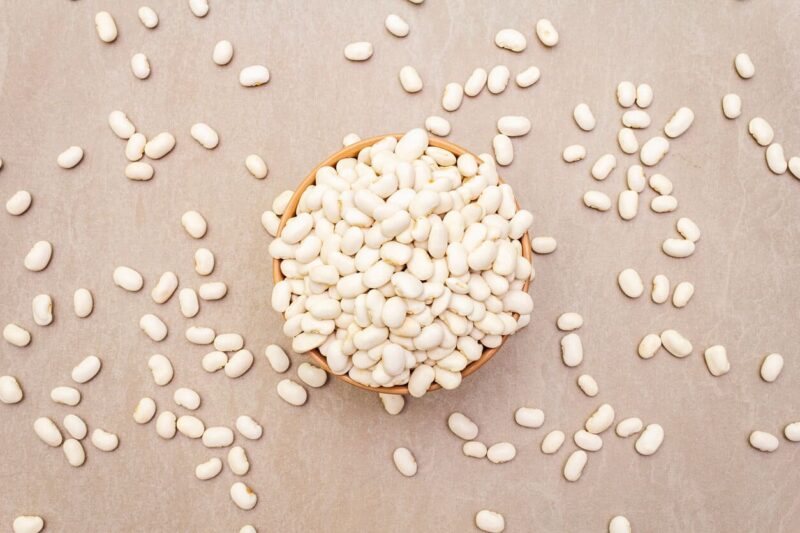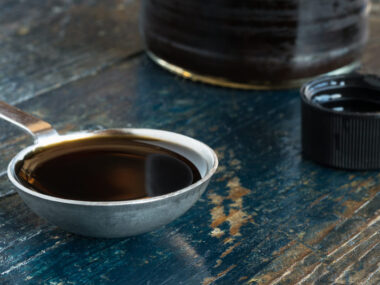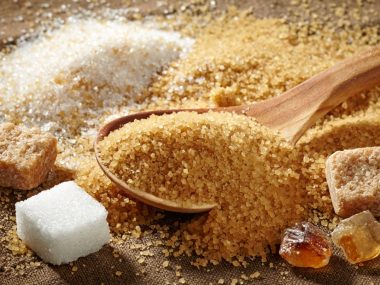Butter beans and lima beans are great additions to any meal.
They add a bit of protein, as well as being super filling. And they go great with salads. In today’s article, we’ll be talking about butter beans vs lima beans and learn more about both products.
Many may have their opinions about the beans, but they do have their differences. And we’ll be talking about what separates butter beans and lima beans and their uses.
Butter Beans vs Lima Beans
The main difference between butter beans and lima beans is their size. Butter and lima beans are actually under the same umbrella as broad beans. They are usually the same bean, just used for different things.
They can look slightly different, but both are essentially the same bean.
Lima beans are usually associated with the smaller, premature bean, and are usually green. They are either cooked, put in soups, or within mixed veggies or salads. And they can also be sauteed to bring out their best flavor.
Lima beans
Lima beans are most commonly found either dried or canned in supermarkets. You can boil and rehydrate them and add them to any recipe you want.
They are not the most popular beans. However, when cooked with the proper flavors, added to them, they can be the perfect bean to eat alongside salads or in soups. They are very versatile.
Butter beans
Butter beans, on the other hand, are the more mature, white, flat beans that you usually find canned in supermarkets. They got their name because of their texture, which is compared to butter because they are fatty and smooth.
These are great beans for salads as they have a great texture, and when paired with olive oil and flavorings such as garlic, they can be a great stand-alone dish.
They are also very flavorful when added to soups, however, you can also use them for side dishes. These beans are a popular ingredient in the Italian butter bean soup.
The two beans are incredibly similar but you can use them for different functions.
Their textures do differ. If you’re looking for a smoother, more rich texture, then a butter bean is a great option. But lima beans are also great in soups, stews, or salads.
The actual taste of both beans is similar since they are essentially the same bean. So it’s really up to personal preference which one you choose.
Butter Beans vs Lima Beans: Comparison Chart
|
Lima Beans |
Butter Beans |
|
|
Appearance |
Small, green, or white, rounded |
Larger, white, waxy, flat, buttery texture |
|
Form |
Canned or dried in supermarkets, can sometimes be bought fresh |
Canned in supermarkets, can sometimes be bought fresh |
|
Uses |
In a salad, sauteed, as a side dish, boiled, in a soup or stew |
In a salad, sauteed, in soups or stew |
FAQs
What are butter beans called?
Butter beans are lima beans. However, because of their size and texture, they are often referred to as butter beans. They do not have other names, but their scientific name is Phaseolus lunatus.
They are a legume with a soft, almost buttery texture and are perfect for salads, stews, or as a side dish. Butter beans are similar to lima beans but this variety is always called butter beans, instead of lima beans.
What is the difference between green and white lima beans?
Green lima beans are the younger, more premature green beans and are primarily eaten in the US. They have a more starchy consistency and are usually smaller. You can purchase them in a dry or canned form.
White lima beans, on the other hand, are the more mature beans. Butter beans fall under this category. They are larger with a more rich, buttery texture. You can use them the same way.
Both green and white lima beans are similar in minerals and nutrients. Both are equally as good, depending on personal preference.
Are baby lima beans the same as large lima beans?
Essentially baby lima beans and large lima beans come from the same plant but can have different uses as the texture is slightly varied.
Baby lima beans are smaller and usually green, and you can find them dry or canned. They have a starchy texture and are perfect in dishes like soups or stews.
Large lima beans, on the other hand, are often referred to as butter beans and have a smoother, richer, buttery texture, and are often used in salads or in stews, or as a side dish.
Depending on the dish you’re making, you may specifically be asked to use butter beans. And it is best to follow the recipe to ensure the best result.
What can you substitute for lima beans?
Lima beans are a great, super versatile ingredient that you can store for a long time and use in many dishes. However, if you don’t have lima beans, the best substitute is fava beans.
Fava beans are also a type of broad bean and are very similar to lima beans in terms of taste and texture. They have a mild taste, making them versatile enough to put in many different dishes.
Navy beans can also be used to replace lima beans, as they have a similar texture. They are best used in soups as they help thicken them. They have a creamy flavor, making them similar to lima beans.
If you do not have fava beans or navy beans, you can use kidney beans instead. They are super versatile and although they have a more pronounced flavor than kidney beans, they make a great addition to soups, stews, and salads, and are a popular vegetarian option.
How do you store lima beans?
If you can find fresh lima beans, you can keep them in the fridge and use them within days. You can also shell and blanch them, then keep them in the freezer for up to 6 months.
Dried lima beans should be kept in an airtight container in a cool, dry spot like a cupboard or pantry, and are great because they can be stored for 2 to 3 years.
Canned lima beans should also be kept in a cool, dry place but can be stored for 3-5 years, depending on the expiry date. Most of the time, they can be eaten even past their expiry date as long as the contents don’t smell different or have any mold.


